Ang Ku Kueh (in Hokkien), literally translated as red tortoise cakes or 红龟粿 in Chinese, is a traditional Chinese snack, prevalent in Southeast Asia. It’s typically coloured in red, shaped like a tortoise, imprinted with auspicious Chinese characters such as 寿 (longevity), 福 (fortune), 吉祥 (auspicious), and traditionally served during joyous occasions such as an elderly’s birthday, a baby first month celebration or Chinese religious rituals. Here’s my rendition of a varied flavour of this traditional snack. This Pandan Coconut Ang Ku Kueh is infused with the aromatic pandan leaves (screwpine leaves), coconut and the gula melaka.
The fillings of ang ku kueh can range from the traditional sweet or savoury mung bean paste, peanut paste, yam paste, or pandan coconut filling. The skin is sticky, soft and chewy, usually brushed with oil to avoid sticking to each other. It’s a popular snack that can be enjoyed in the morning as breakfast or anytime of the day as a snack with coffee or tea.
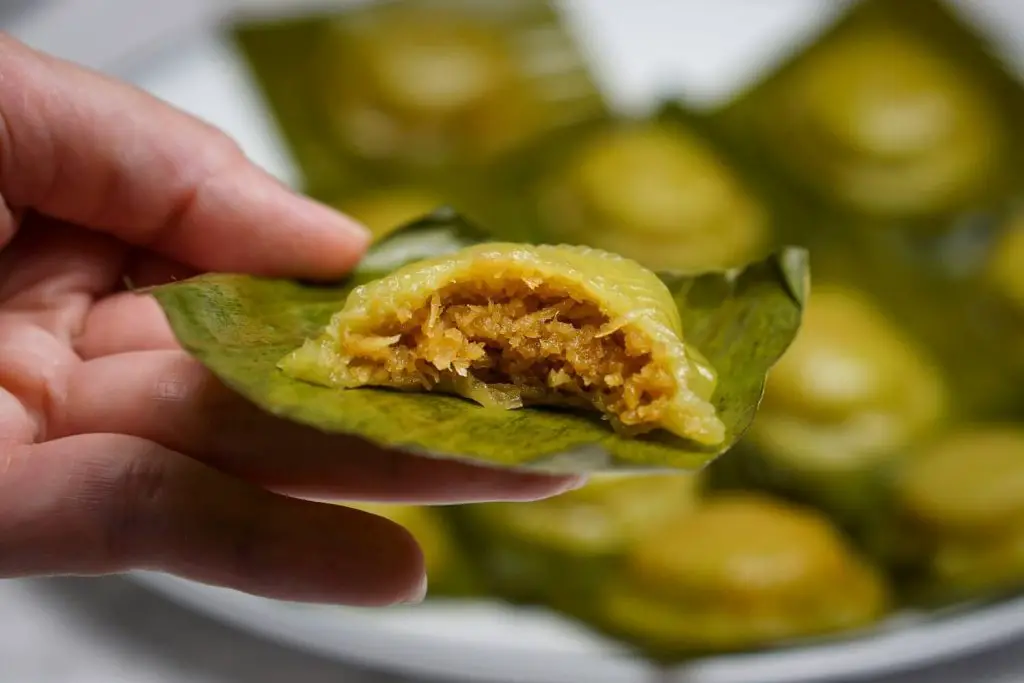
These days ang ku kuehs can come in many different colours, red, pink, blue, yellow, green, purple, brown, and etc. It’s extremely easy to make, using a mix of glutinous rice flour with some salt and sugar, hot water and oil. It is crucial to knead the dough into a soft, shiny, pliable dough and let it rest before wrapping it with a paste of your choice. Once you get the hang of making it, it’s easy to get creative and start adding different ingredients for natural colouring and flavours. Making your own ang ku kueh will also mean you can control the amount of sugar and oil that’s added, as well as making the skin thin and adding more filling.
In this ang ku kueh recipe, I used pandan juice as a flavour and colouring to the skin. The filling is an easy and quick to make pandan and gula melaka flavoured coconut filling. The flavours compliment each other very well and it’s extremely pretty with the green and brown hues.
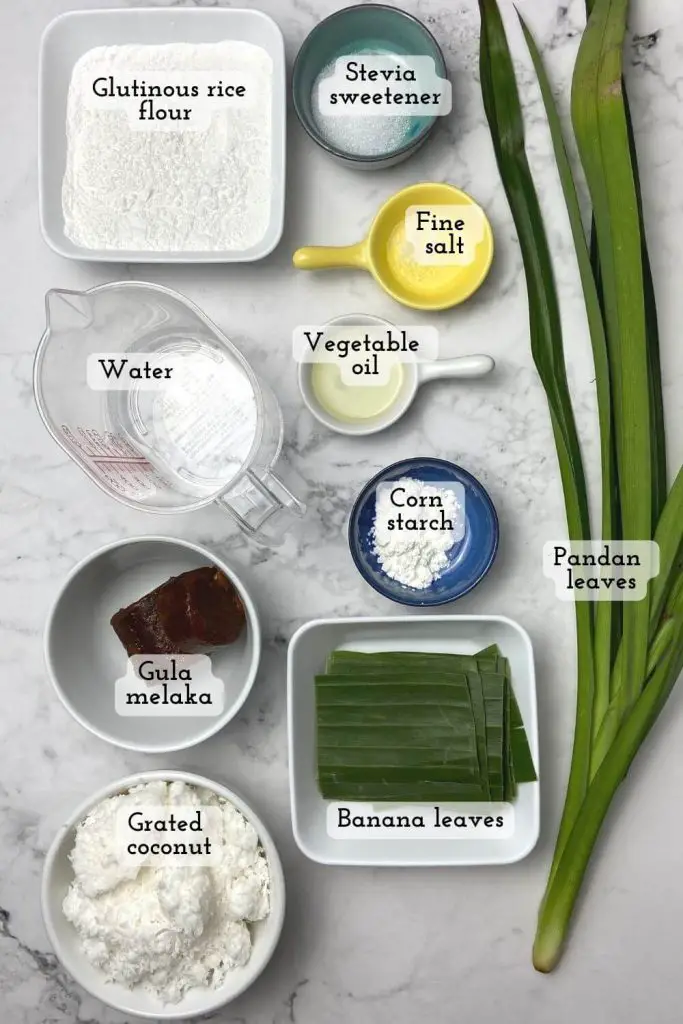
Tips when making Ang Ku Kueh
- Add hot boiling water to the dough, not just hot water. You will need the hot water to ‘cook’ the glutinous rice flour and yield a soft pliable dough that doesn’t break easily when kneaded.
- I used the Pagoda brand corn flour I bought in Singapore. It’s a fine white coloured flour. In other parts of the world, it might be called corn starch. Apparently corn flour is a yellow coloured powder made from dried finely ground corn, and corn starch is a fine white coloured powder derived from the starchy part of a corn kernel. Corn starch when used in cooking helps in thickening sauces and pastes.
- When I first learned how to make, I made the mistake of steaming it on high heat for a long time. It resulted in a very soft, very translucent, flattened ang ku kueh which are expanded so widely that it integrated with the other ang ku kueh in the steamer tray. It still tasted great though, despite its hideous appearance. I learnt the hard way to steam it on medium heat, leave a little opening to let the steam out, wipe out the dripping moisture on the lid cover every time the water condenses heavily on it. This helps to maintain the imprints and make sure the kuehs are not flattened.
- Depending on the size of the mould you are using, it’s safe to proportion the ratio of dough versus filling in 50/50.
- Before pressing the dough into the mould, coat with a thin layer of glutinous rice flour. This ensures it’s easy for the pressed dough to be knocked out of the mould.
- Cooked ang ku kueh should have translucent skin.
- Brush some vegetable oil on the cooked ang ku kueh after it’s cooked.
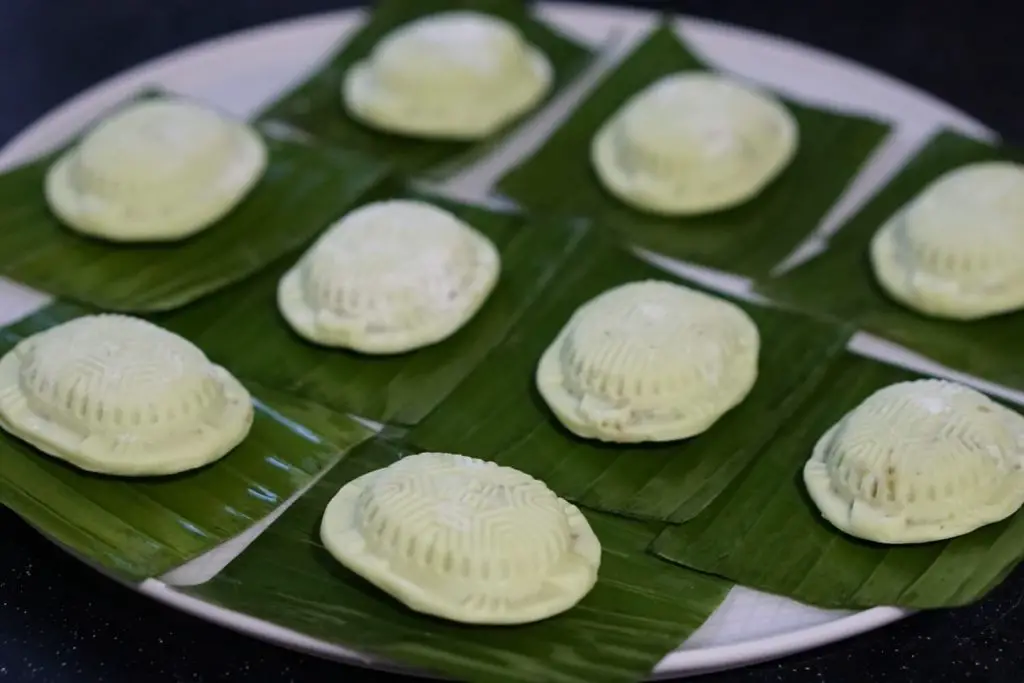
How to store Pandan Coconut Ang Ku Kueh
- Cooked pandan coconut ang ku kueh can be kept at room temperature for 1 day. Coconut goes bad quickly so if you can’t finish within the day, do keep in an airtight container and store in the fridge, that should last about 3 days. To serve, just steam on medium heat for about 3-5 minutes.
- If you would like to store cooked ang ku kueh for a longer period, it can also be kept in an airtight container in the freezer for up to 3 months. To serve, just steam without thawing on medium heat for about 5-8 minutes.
Check out these Asian snack / kueh recipes
f you like local snacks or kuehs, do check out these recipes, many of these are gluten-free, eggs-free and made with Monk fruit or Stevia sweetener, making them a healthier snack version from the original recipe:
- Pumpkin Ang Ku Kueh with Purple Sweet Potato Filling 紫薯馅金瓜红龟粿
- Ang Ku Kueh with Mung Bean Paste Filling (Red Tortoise Cake 绿豆蓉红龟粿)
- Ang Ku Kueh (Red Tortoise Cake 红龟粿)
- Pumpkin Ang Ku Kueh with Chestnut Paste Filling 甘栗馅金瓜红龟粿
- Dadar Gulung (Kueh Dadar 香兰椰丝卷)
- Ondeh Ondeh
- Sweet Potato Kueh 甜番薯椰丝糕
- Kueh Ubi Kayu 蒸木薯糕 (Steamed Tapioca / Cassava Cake)
- Kaya Puff Pastry (Kaya Kok / 咖椰角)
- Sesame Ball (Air Fryer Chinese Jian Dui 气炸锅煎堆)
- Soon Kueh 笋粿 (Bamboo Shoots Dumplings)
Watch how to make Pandan Coconut Ang Ku Kueh on YouTube
Pin now, make later
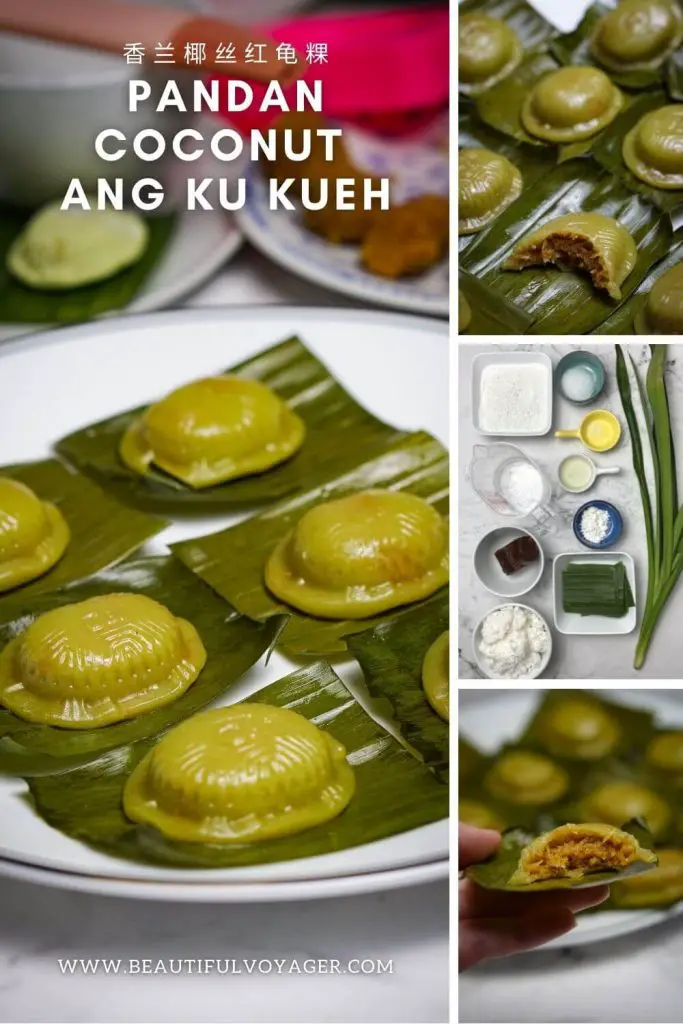
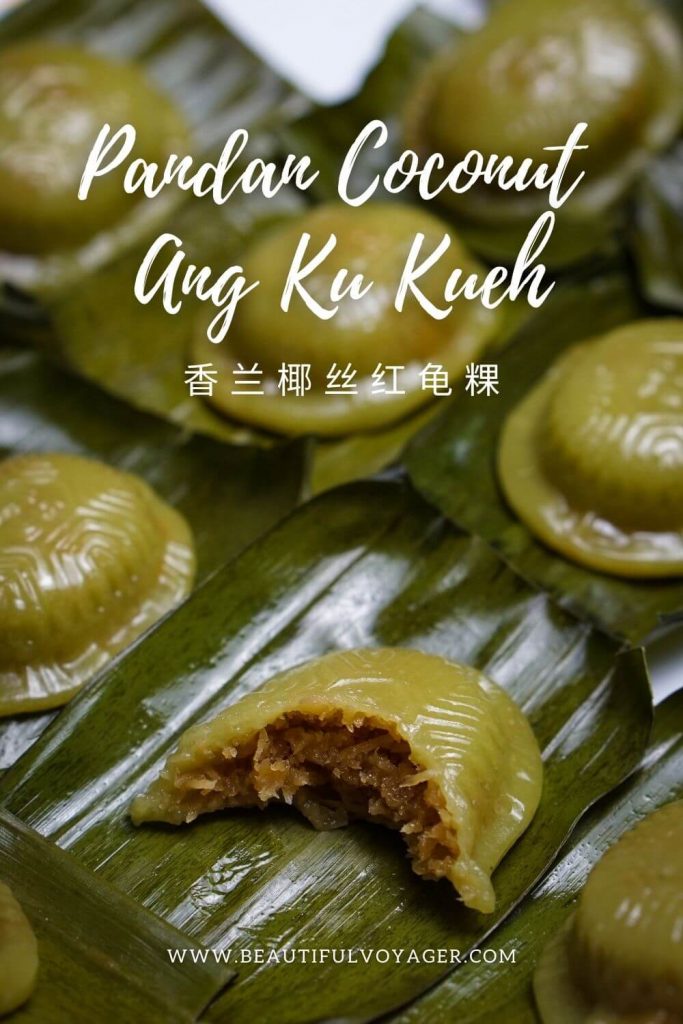
Pandan Coconut Ang Ku Kueh (Red Tortoise Cake 香兰椰丝红龟粿)
Ingredients
Dough skin
- 80 g glutinous rice flour
- 1 tsp Stevia sweetener or sugar
- ⅛ tsp fine salt
- 75 ml hot water
- 7-8 pandan leaves washed
- 10 ml vegetable oil + oil for brushing
Pandan coconut filling
- 125 g grated coconut
- 50 ml water
- ⅛ tsp fine salt
- 2 pandan leaves tied into knot
- 80 g gula melaka or coconut palm sugar, can add up to 180g
- 1 tbsp corn starch mixed with 1 tbsp water
Others
- Banana leaves wiped clean and cut into size
- 1 tbsp cooking oil for brushing
- 1 tbsp glutinous rice flour for dusting the moulds
Instructions
Cook the pandan coconut filling:
- Add 50ml water, 80g gula melaka, 1/8 tsp fine salt and 2 knotted pandan leaves to a non-stick pot, stir to melt the gula melaka over medium low heat.1/8 tsp fine salt, 2 pandan leaves, 80 g gula melaka, 50 ml water
- Add 125g grated coconut and stir fry to mix until the coconut is evenly coated with the sugar mixture.125 g grated coconut
- Make slurry by mixing 1 tbsp corn starch and 1 tbsp water. Add corn starch slurry to thicken.1 tbsp corn starch
- Stir fry until no visible moisture in the pan. Turn off heat. Set aside and let it cool.
Prepare the dough for the skin:
- Wash 7-8 pandan leaves thoroughly. Cut the leaves into half inches and blend with 75ml water. Sieve to extract the pandan juice. Bring to a boil.7-8 pandan leaves, 75 ml hot water
- Mix 80g glutinous rice flour with 1/8 tsp fine salt, and 1 tsp Stevia sweetener (or sugar). Stir to combine well. Make a well in the centre and pour in half of the 75ml hot pandan juice. Use a spatula to start stirring until it forms a crumbly dough. Then add the remaining half of the 75ml hot pandan juice.80 g glutinous rice flour , 1 tsp Stevia sweetener, 1/8 tsp fine salt
- When cool enough to handle, use your hand to knead the dough and gradually add 10ml vegetable oil and continue to knead into a soft, pliable and shiny dough.10 ml vegetable oil
- Cover and let it rest for 15 minutes. The dough should be soft and will not break when kneaded.
Assembling the Ang Ku Kueh:
- Wash and dry the banana leaves. Cut out the banana leaves according to the size of the mould, leaving about 1cm space all around. Grease one side of the banana leaves with vegetable oil.Banana leaves
- Roll into balls 20g of pandan coconut filling each, and 20g of the dough each. I’m using a 40g mould. The ratio of dough versus filling I used is 50/50.
- Roll the 20g dough into a ball, press a hole in the middle with your thumb to form a ‘bowl’.
- Place the pandan coconut filling in the middle of the ‘bowl’ and press the edge of the dough to close. Make sure it’s sealed properly to avoid leakage. Then roll into a smooth ball again.
- Dust the dough ball with some glutinous rice flour before gently pressing the dough ball into the mold to form the shape. Knock the mold gently on your palm and the dough will flip out of the mould.1 tbsp glutinous rice flour
- Place each ang ku kueh on a greased banana leaf.
Steam the Ang Ku Kueh:
- Boil water in a steamer pot on high heat. Place the ang ku kueh on a steamer tray, leaving about 2cm apart from each piece. Cover with lid, leaving a small opening of about 1cm.
- Steam on medium heat for about 10-15 minutes until skin turns translucent.Note: I steamed my 40g ang ku kueh for about 13.5 minutes on average each time). I also wiped off the moisture condensation forming on the lid 2-3 times during steaming.
- Transfer the ang ku kueh onto a plate and brush with some vegetable oil. Let the ang ku kueh cool down before serving.1 tbsp cooking oil
Video
Notes
Tips when making Ang Ku Kueh
- Add hot boiling water to the dough, not just hot water. You will need the hot water to ‘cook’ the glutinous rice flour and yield a soft pliable dough that doesn’t break easily when kneaded.
-
I used the Pagoda brand corn flour I bought in Singapore. It’s a fine white coloured flour. In other parts of the world, it might be called corn starch. Apparently corn flour is a yellow coloured powder made from dried finely ground corn, and corn starch is a fine white coloured powder derived from the starchy part of a corn kernel. Corn starch when used in cooking helps in thickening sauces and pastes.
- When I first learned how to make, I made the mistake of steaming it on high heat for a long time. It resulted in a very soft, very translucent, flattened ang ku kueh which are expanded so widely that it integrated with the other ang ku kueh in the steamer tray. It still tasted great though, despite its hideous appearance. I learnt the hard way to steam it on medium heat, leave a little opening to let the steam out, wipe out the dripping moisture on the lid cover every time the water condenses heavily on it. This helps to maintain the imprints and make sure the kuehs are not flattened.
- Depending on the size of the mould you are using, it’s safe to proportion the ratio of dough versus filling in 50/50.
- Before pressing the dough into the mould, coat with a thin layer of glutinous rice flour. This ensures it’s easy for the pressed dough to be knocked out of the mould.
- Cooked ang ku kueh should have translucent skin.
- Brush some vegetable oil on the cooked ang ku kueh after it’s cooked.
How to store Pandan Coconut Ang Ku Kueh
- Cooked pandan coconut ang ku kueh can be kept at room temperature for 1 day. Coconut goes bad quickly so if you can’t finish within the day, do keep in an airtight container and store in the fridge, that should last about 3 days. To serve, just steam on medium heat for about 3-5 minutes.
- If you would like to store cooked pandan coconut ang ku kueh for a longer period, it can also be kept in an airtight container in the freezer for up to 3 months. To serve, just steam without thawing on medium heat for about 5-8 minutes.

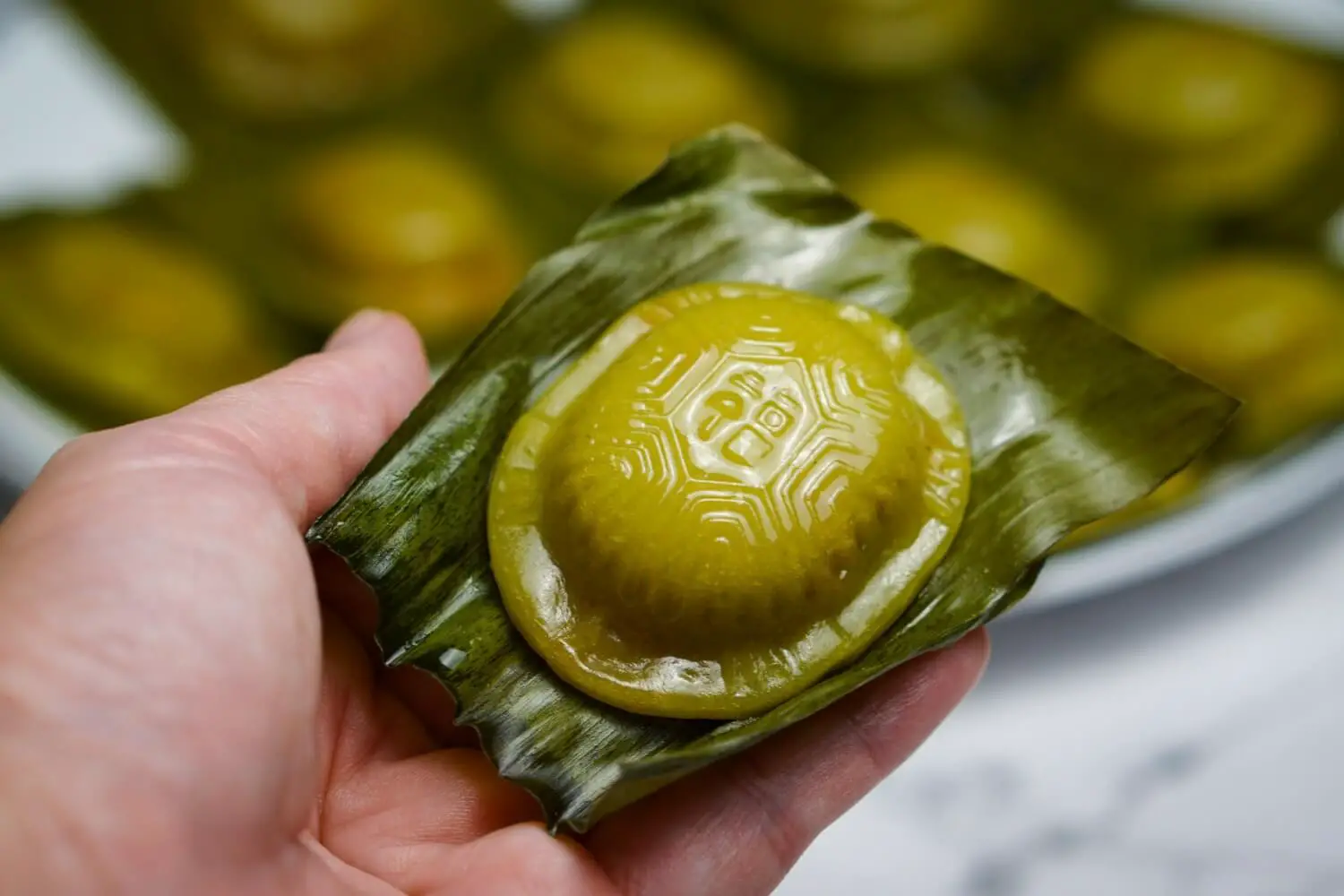
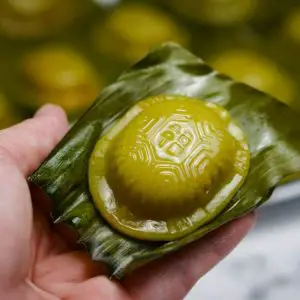
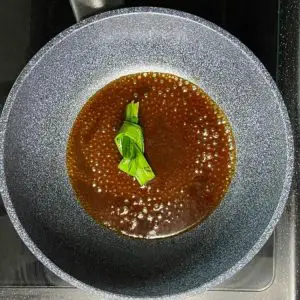
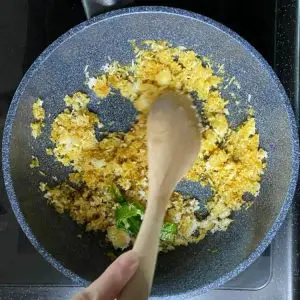
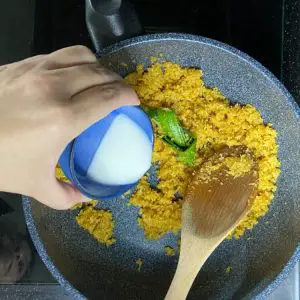
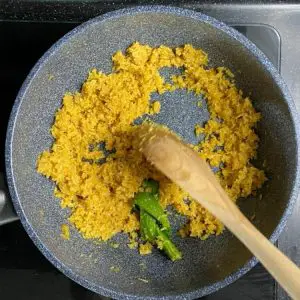
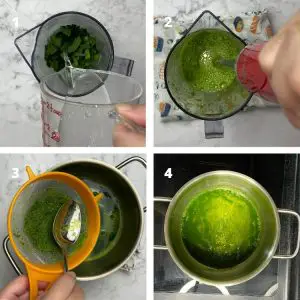
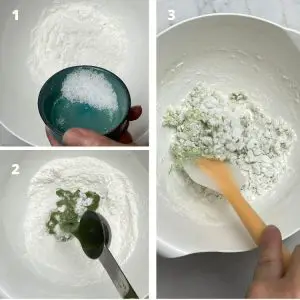
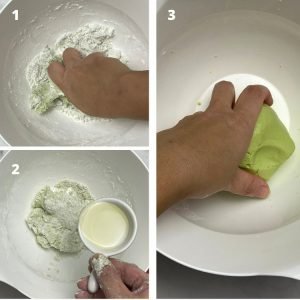
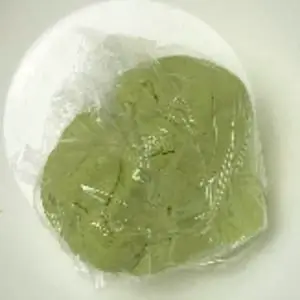
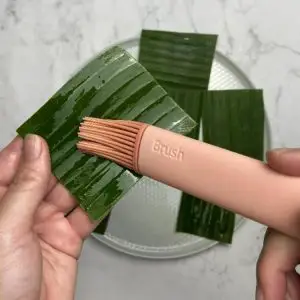
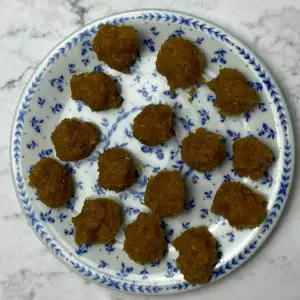
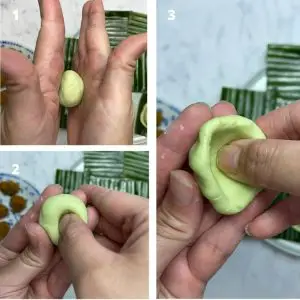
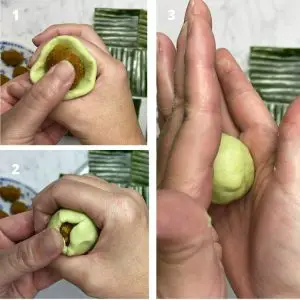
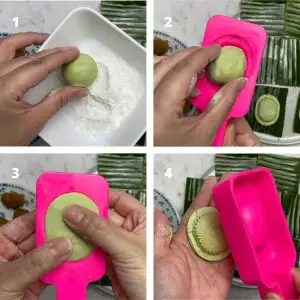
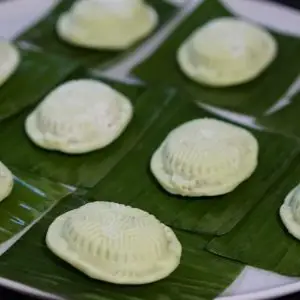
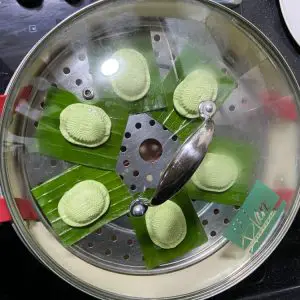
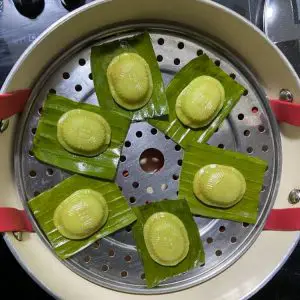
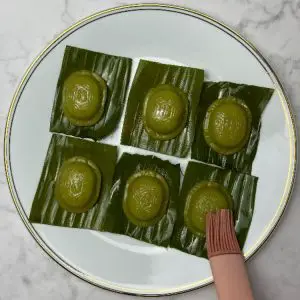
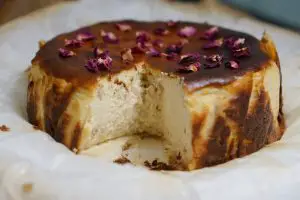 Lychee Rose Basque Burnt Cheesecake 荔枝玫瑰巴斯克焦香芝士蛋糕
Lychee Rose Basque Burnt Cheesecake 荔枝玫瑰巴斯克焦香芝士蛋糕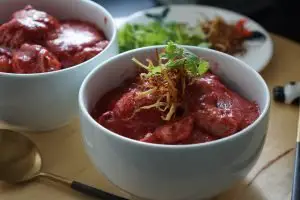 Red Glutinous Rice Wine Chicken 红糟鸡
Red Glutinous Rice Wine Chicken 红糟鸡
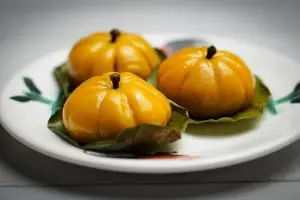
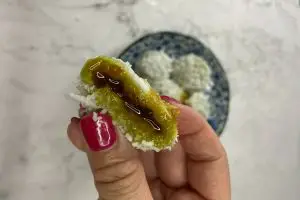



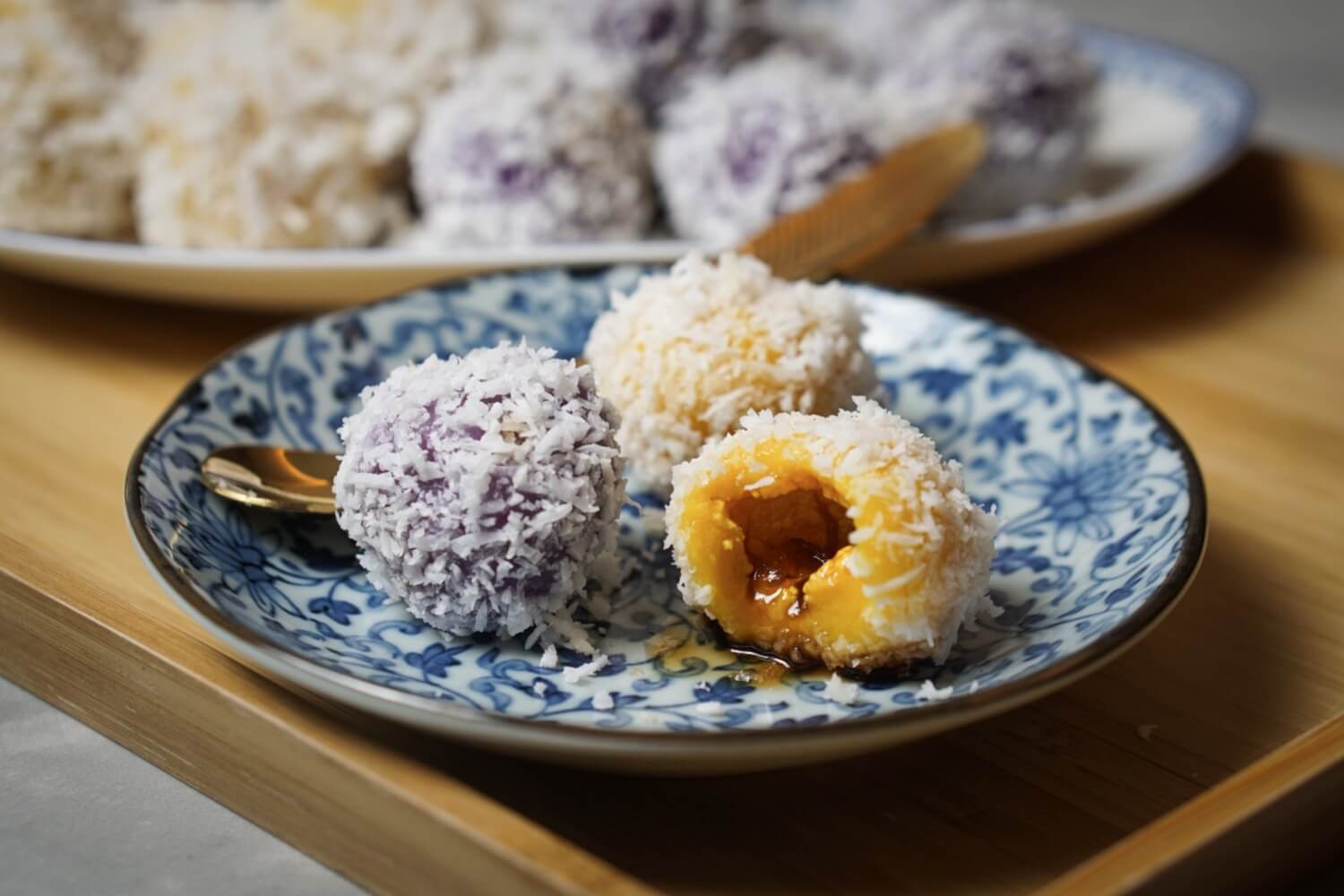
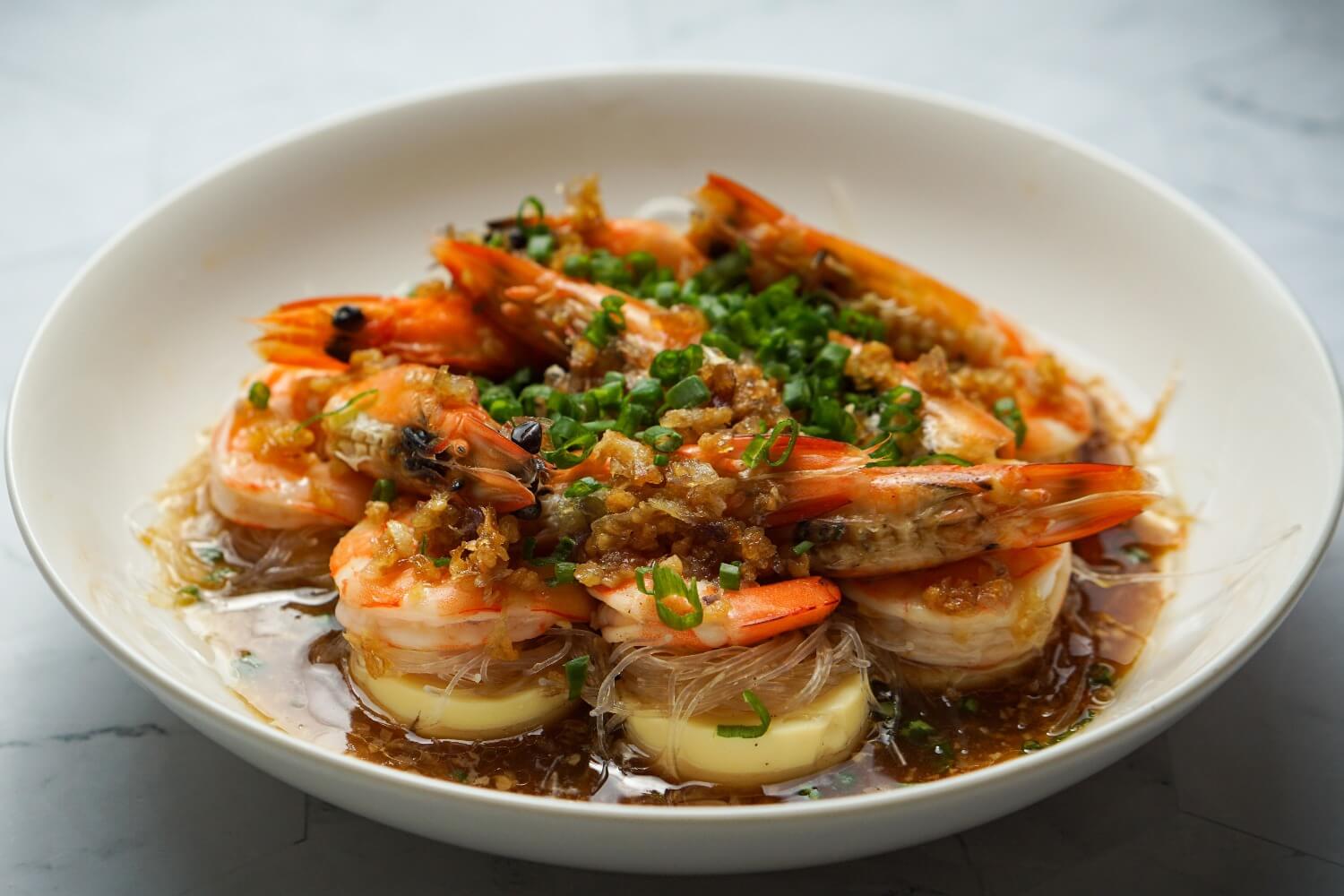
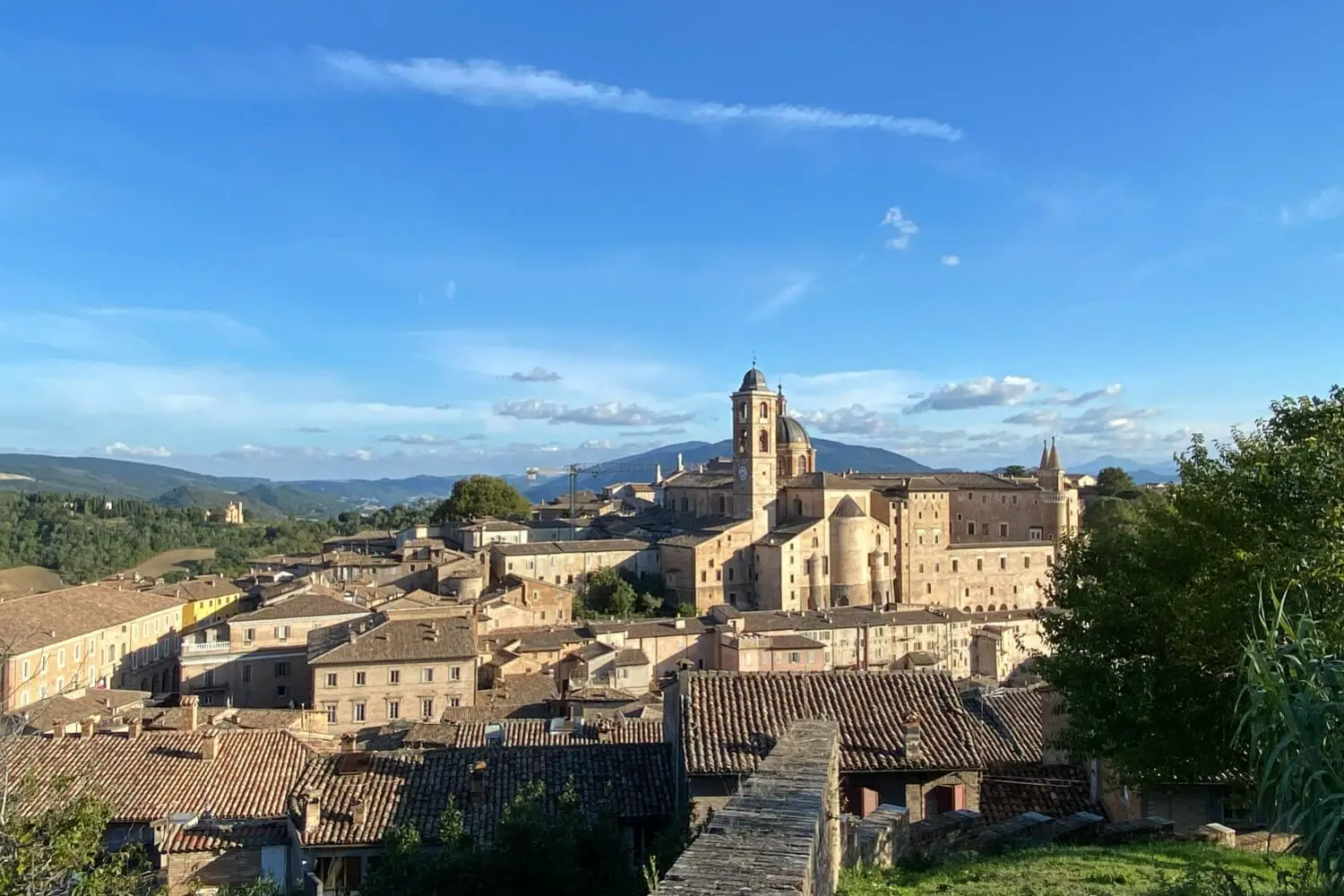


14 May 2022 at 1:50 am👍Easy to follow instructions
17 May 2022 at 3:24 amThanks dear Davi!
18 May 2022 at 11:57 amOne of my favourite kuehs, and didn’t expect the recipe can be that simple. Thanks for sharing, will definitely try it!
18 May 2022 at 3:25 pmOh yes, very easy to make. Do try it out 😀
16 June 2022 at 7:50 pmI like Ang Ku kueh in any flavor
17 June 2022 at 2:19 pmThanks for visiting!